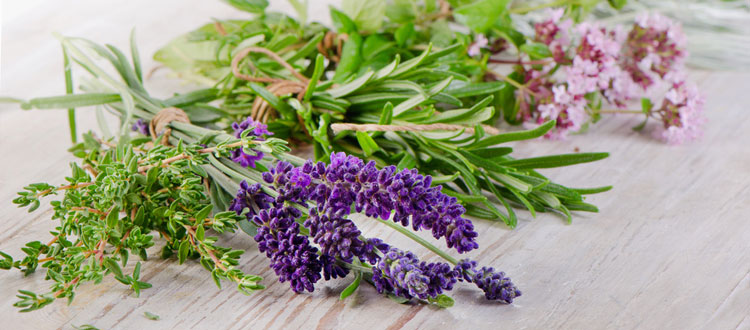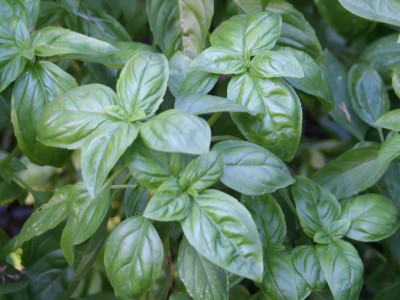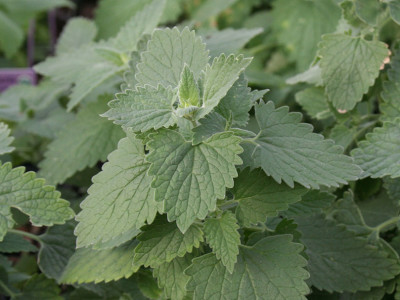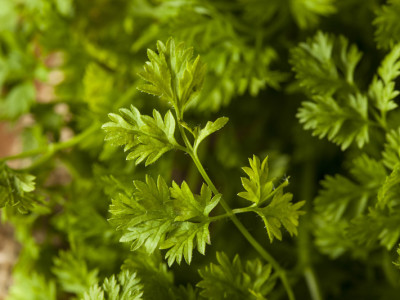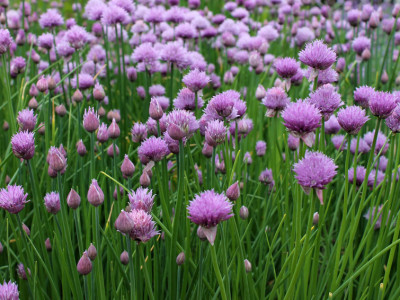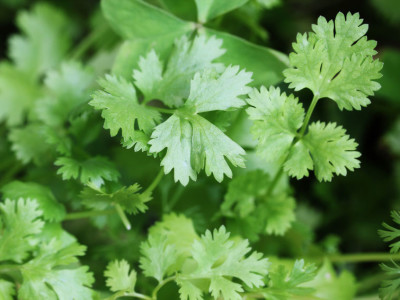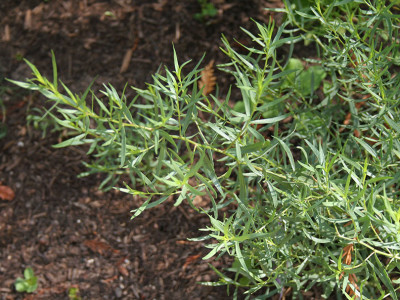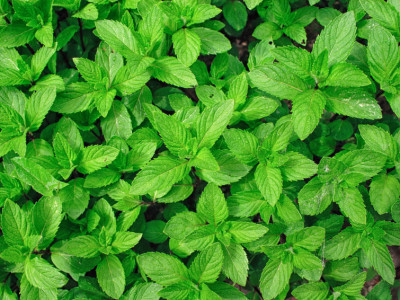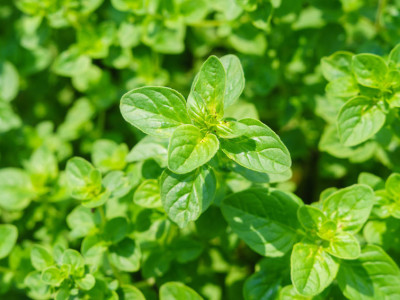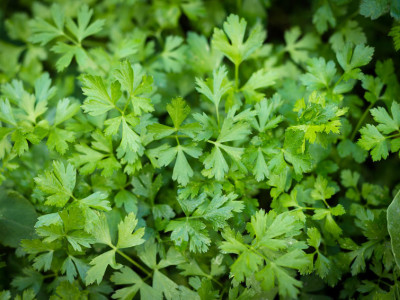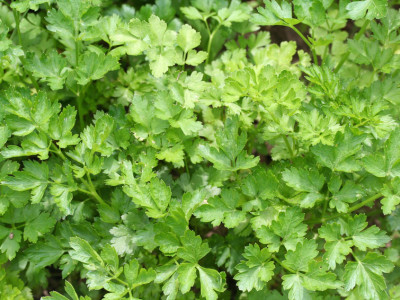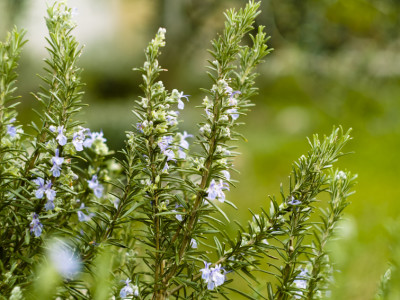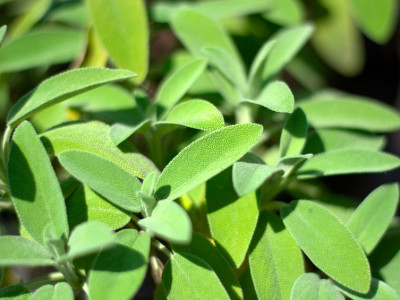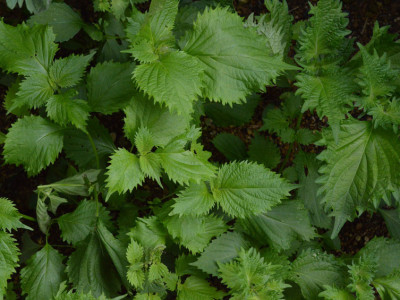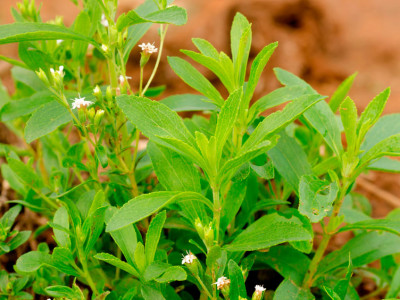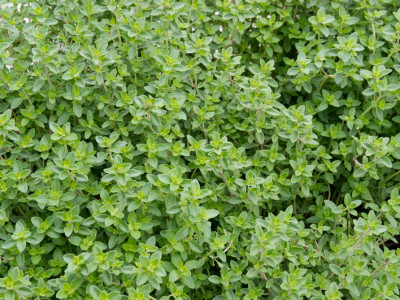Basil
Perennial or Annual: Tender annual
Best Season to Plant: Spring through summer
Best Place to Plant: Full sun, well-drained soil or container
Growth: 18-24 inches
This popular herb is the Queen of Summer. The sweet smelling soft rounded leaves grow on fleshy stems. It prefers warm soil and mild night temperatures and will languish if planted out too early. Be sure to plant in a well-drained soil or in a container if you find you have problems with fusarium in your soil. With the exception of African Blue Basil, which is usually grown for attracting bees and other beneficial insects, you should pinch back the tips regularly to discourage blooms and to create a full plant that is lush with foliage.
Other varieties we grow:
African Blue Basil
African blue basil is hybrid of East African basil and a garden variety called dark opal. Considered more of a decorative basil, it is edible although it has a slightly camphor-clove like flavor. Attracts bees.
Bolloso Napoletano
Basil from Naples, strong flavor, great for pesto, 6″ leaves.
Fino Nano Compatto
Miniature leaves perfect for containers. Aromatic, spicier than Italian basils.
Fino Verde
Flavorful, small leaved basil with a tall upright bushy habit. It has a few leaf forms within the strain. Keep flower buds pinched back.
Genovese
This Italian variety has extremely tender, fragrant, extra-large leaves and is superb for pesto. More vigorous and easier to grow than other basil varieties.
Greek Columnar
This variety has smaller leaves and an upright growth habit with overtones of cinnamon in its aroma. Better for dishes with long cooking times — generally not used for pesto. Tall growth habit, up to 3 feet, very upright and does not flower.
Tiguillio Italian
“Genovese” type with round spoon leaves. Suitable for pots. Superior aroma and flavor for pesto or fresh use, good disease resistance.
Sweet Basil
Traditional Italian favorite used fresh, to flavor vinegar, and as the main ingredient for pesto.

